Preface:
In 1984, United Techno1ogies Building System applied the concept of informationization and integration of Building equipment to the City Place Building in Hartford, Connecticut, and gave birth to the world's first "smart Building", which opened the beginning of the race to build smart homes around the world.
After 34 years, who is leading the smart home innovation?What is the pattern of innovation in the world?What is the trend of smart home technology development?Where can the underachiever look for gaps or opportunities?
In order to answer the above questions, the expert team of The Intellectual Property Research Institute of China No.1 has conducted a comprehensive, detailed and accurate retrieval of patent data of the smart home industry, and obtained accurate data sources through data cleaning, data indexing, evaluation and analysis.On this basis, quantitative and qualitative analysis is carried out on the smart home industry, so as to obtain the analysis results of the current development status and future development direction of the smart home field, and collated into the "World Smart Home Patent Analysis Report".
Next xiaobian will select the "World smart home patent Analysis Report" important content, and divided into many chapters respectively introduce the smart home industry trend, technology layout strategy, development trend, segmentation field analysis, technology frontier, technology breakthrough point, patent risk avoidance and other issues.
World Smart Home Patent Analysis Report (1)
World smart home pattern: The United States and South Korea lead, China is crazy to catch up
What is smart home?
Smart home (smart home in residential as a platform, using the integrated wiring technology, network communication technology, security technology, automatic control technology, audio and video technology to integrate the household life related facilities, schedule to build efficient residential facilities and family affairs management system, improve home security, convenience, comfort, artistry, and realize environmental protection and energy saving living environment.
Intelligence lives in a wide range of systemic products is not a single individual products, including household wiring system, home network system, intelligent household (central) control system, household lighting control system, home security system, background music system, home theater, and multimedia system, home environment control system, such as the eight system can be shown in figure 1.1.
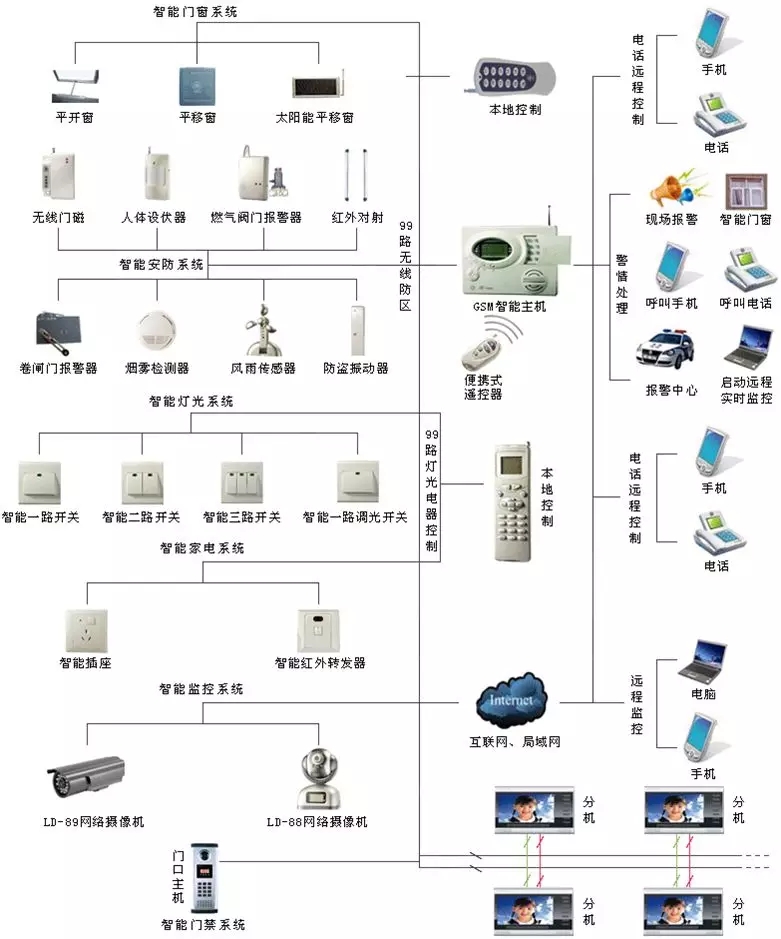
Figure 1.1 Composition diagram of smart home system
Second, the patent big data perspective of the world smart home pattern
The general trend of global and Chinese patents can reflect the development process of the technology and market of the whole industry.The following will be an overall analysis of the application trend, application type and applicant of smart home in the world and China, to grasp and interpret the smart home industry as a whole.
1. Trend of global patent applications -- Since 2012, the number of patent applications has been booming
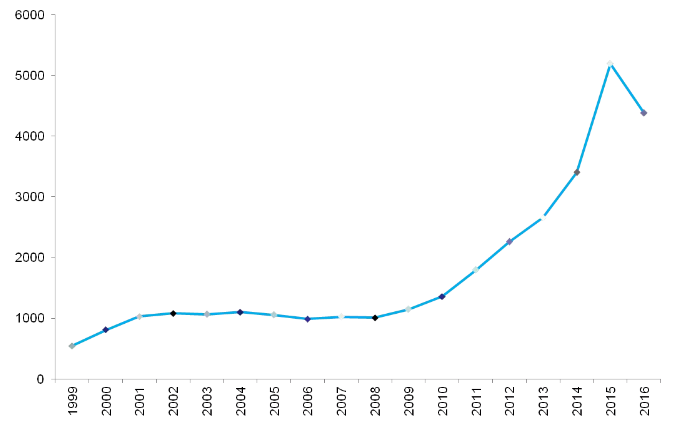
Figure 2.1 Global patent application trend of smart home industry
As early as in the eighties and nineties of the last century, the smart home has begun to appear, and there have been corresponding patent applications abroad.From 1999 to 2009, the smart home industry was in its infancy, with little change in the number of annual patent applications.From 2009 to 2012, the smart home industry patent applications are in the slow development period.Since 2012, the smart home industry has entered a period of vigorous development.
Because the smart home needs to pay the cost and overcome more technical problems, the smart home industry has experienced a relatively long germination period, during which the development is slow.In recent years, with the development of Internet, smart phone, Internet of Things and other technologies, the research and development cost of smart home has been significantly reduced, and the smart home industry has gradually broken through the corresponding technical bottleneck, thus entering the period of vigorous development, and the number of patent applications has increased substantially.With the participation of various home appliance enterprises and real estate developers, the smart home industry has entered an active stage, and the industry has a good development momentum. It is expected that the number of patent applications will remain at a high level in the next few years.
2. Regional analysis of global technology distribution -- leading technology in the US and South Korea, with the largest number of patent applications in China
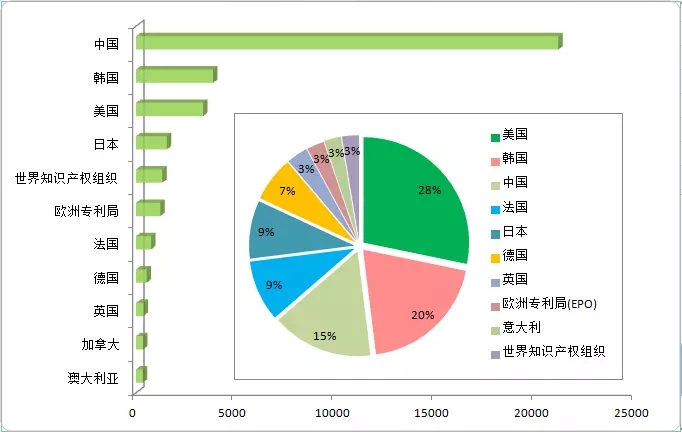
Figure 2.2 Geographical distribution of patent applications and priorities in the smart home field in various countries
In the field of smart home, China is a big country of patent applications, followed by South Korea, the United States, Japan, and the world Intellectual Property Organization, the European Patent Office, France, Germany, the United Kingdom and other countries patent applications are also more.According to the analysis of the earliest priority country in the pie chart, the United States has the largest number of patent applications, accounting for 28% of the total, followed by South Korea, accounting for 20%.Although China has a large number of patent applications, it ranks the third in the number of patent applications as the earliest priority country.It can be seen that the United States and South Korea are in a leading position in the field of smart home technology research and development.
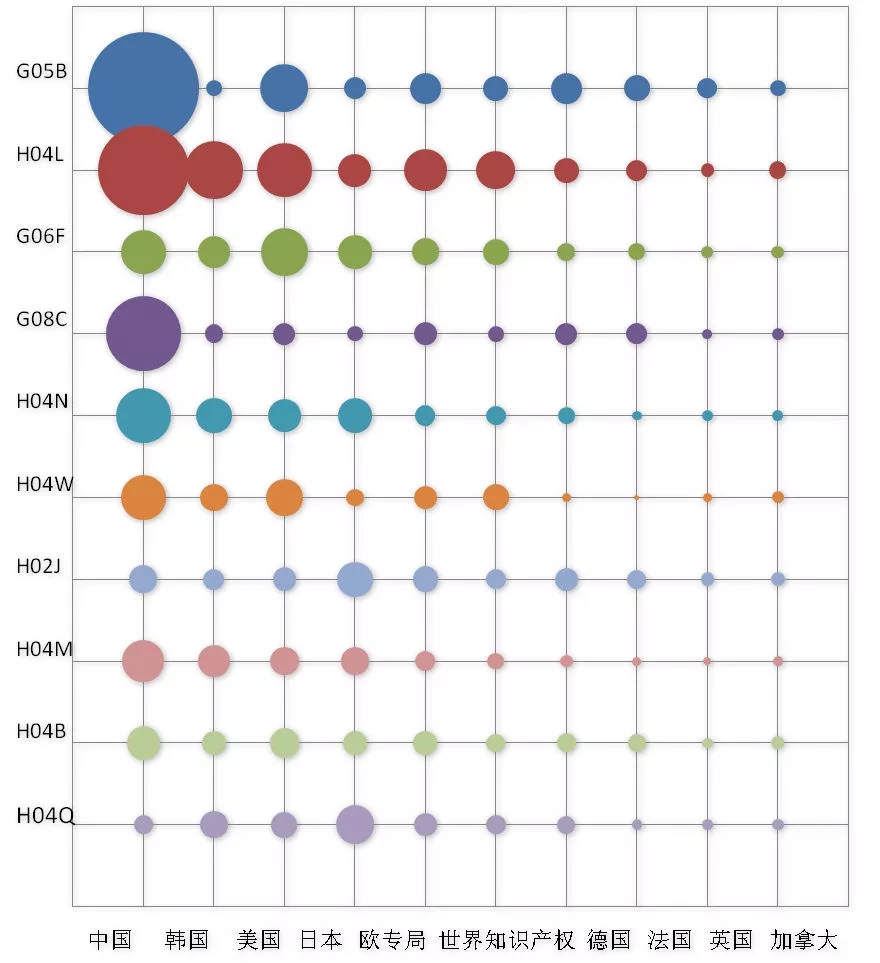
Figure 2.3 Global technical geographical distribution
As can be seen from Figure 2.3, the International Patent Classification No. G05B (General control or regulation system;The functional unit of such a system;The largest number of patent applications in the FIELD of G05B are concentrated in China, followed by a relatively large number in the United States. However, a significant difference from the former two is that not many patent applications in South Korea involve G05B.Patent applications involving H04L (the transmission of digital information) are more evenly distributed across countries.Patent applications involving G08C (measurement, control signal or similar signal transmission system) are most likely to be distributed in China.
3. Analysis of global main applicants -- Samsung is far ahead, midea, Xiaomi and Haier are in the second tier
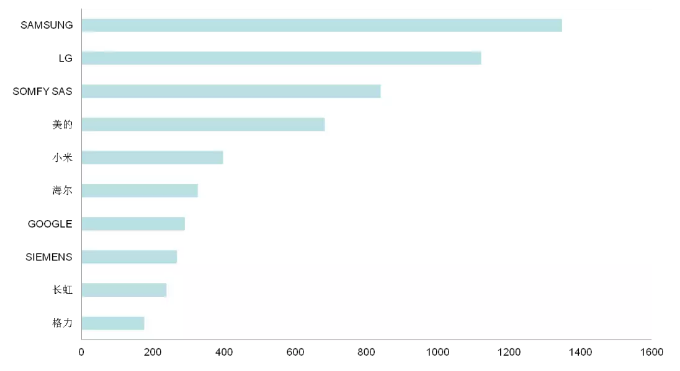
Figure 2.4 Main applicant of smart home industry
Figure 2.4 shows that Samsung, LG and SOMFY SAS are in the first tier of patent applications in the smart home industry and have absolute advantages in patent ownership.Among them, Samsung is far ahead. It is the main technology tracking object, technology learning object and the biggest competitor in the smart home industry.Ranked in the second tier, including the United States, xiaomi, haier, Google, which reflects the Chinese enterprises in the smart home industry occupy a more important position.Midea and haier are transformed and upgraded from traditional home appliance manufacturers, while xiaomi and Google are Internet enterprises, giving play to their unique competitive advantages.Other companies, such as Siemens, Changhong and Gree, are among the top 10 in terms of application volume. They have also made a certain layout in the field of smart home and are in a period of rapid development.
Iii. Analysis of China's patent situation
1. Analysis of patent application trend in China
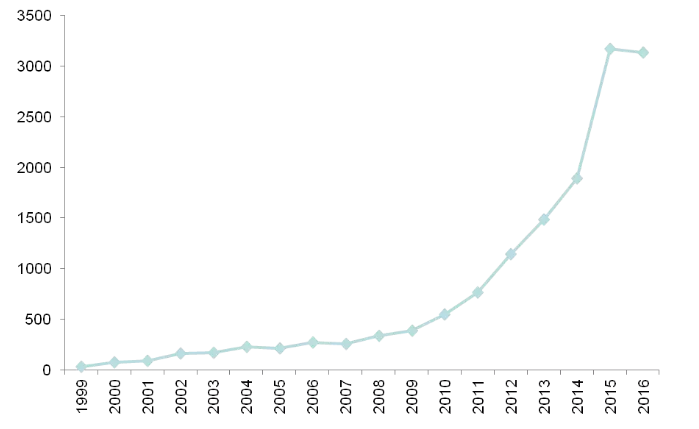
Figure 3.1 Patent application trend chart of China's smart home industry
Analysis of the trend chart of Chinese patent application shows that the smart home industry has entered a period of rapid growth in China.The smart home first appeared in the 1980s and 1990s. At that time, there had been corresponding patent applications abroad, while in 1999, the number of patent applications in the smart home industry in China was almost zero.Although it started late, the patent application trend of China's smart home industry is surprisingly consistent with the trend of global invention patent application, and it also entered a period of large accumulation in 2012.
2. Analysis of patent types and legal status in China
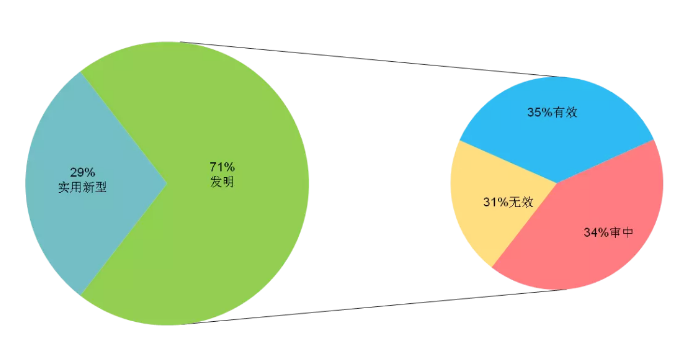
Figure 3.2 Distribution of Patent types and legal status in China
In China's smart home industry, 35% of patent applications are in valid state, and the number of patents under review is equivalent to the number in valid state, accounting for 34%, while the rest are invalid.The reason for low patent efficiency lies in the fact that many patents applied by domestic enterprises are applied later than those applied abroad and the technology research and development is backward compared with those applied abroad, which results in the rejection and invalidation of many patent applications.From the perspective of patent types, 71% of the patents belong to inventions, while the rest are utility models.The applications of enterprises in the smart home industry are mainly based on inventions, because the protection of invention patents is more stable and the protection of research and development achievements is strong.This also reflects the fact that enterprises invest more in the research and development of smart home industry and attach more importance to technological innovation.
Note:This article is the original patent analysis article of ZYIP Research Institute. Reprinting of this article must be approved by the right owner, with the source and author information attached. Reprinting is prohibited without the permission of the author.